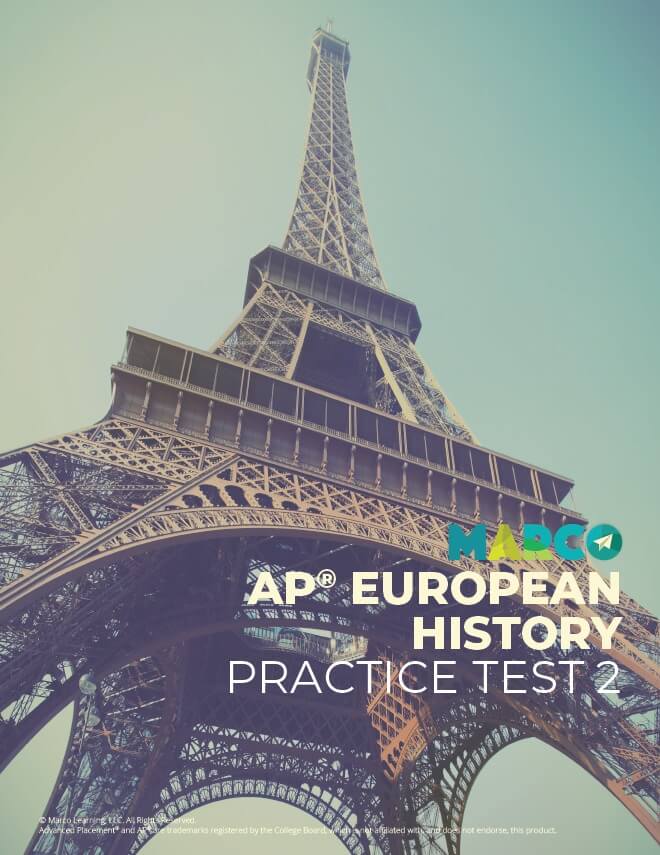


THE FIRST INDUSTRIAL REVOLUTION
The Industrial Revolution developed in two stages: The First Industrial Revolution occurred from 1750 to 1830, and the Second Industrial Revolution covered the span from 1870 to 1914. The First Industrial Revolution began in Britain due to both natural factors, such as an availability of coal, iron, and rivers, and human factors, such as a political climate that was more favorable to property rights and the presence of surplus labor as a result of the British Agricultural Revolution. The First Industrial Revolution, which was primarily focused on textiles, began with the cottage industry before moving to a more formalized system of production within factories. These advances were made possible by the invention of the water frame and the steam engine. Large populations moved from rural areas to urban areas, such as Manchester, to work in factories. In continental Europe, industrialization was slower, but less socially disruptive. In France, industrialization happened with more direct government support, but was much more gradual. Germany, while initially slow to industrialize, turned into an industrial leader under Bismarck.
REALISM
Realism emerged in the Second Industrial Revolution as a response to Romanticism’s emphasis on emotionality, often to the exclusion of depicting real events. Realism focused on depicting life in all of its imperfections. It found fertile material in the harsh social realities of the industrialization and its ensuing questioning of the social order. Realist art was dominated by the work of Gustave Courbet, Jean Francois Millet, and Honore Daumier. In Gustave Courbet’s self- portrait, Le Désespéré, the artist stares wild-eyed at the viewer, demonstrating both raw emotion and an attempt to depict the subject in a realistic manner.
THE SECOND INDUSTRIAL REVOLUTION
In the second Industrial Revolution, which occurred from 1870 to 1914, production moved from a focus on textile production to a focus on the mass production of steel and machinery. The mass production of steel, made possible by the discovery of the Bessemer process, led to infrastructure advances in railroads. In turn, railroads led to more fully integrated economic systems where manufactured goods could be transported across greater distances. Industrial urban centers developed around railroad hubs, but the resulting cities were often densely populated and rife with social problems and health concerns. During the second Industrial Revolution, developments in communication and transportation also affected the economic landscape. The creation of the internal combustion engine, the telegraph, the telephone, and the radio created new industries, while also enhancing the quality of life for many people. Many of the technologies developed in the Second Industrial Revolution would be used in World War I.
REACTIONS AND REVOLUTIONS
The First Industrial Revolution took place against the backdrop of the Age of Metternich, which was a time of conservative political thought across Europe. The balance of power was maintained through the Concert of Europe, an alliance system that attempted to maintain the status quo by suppressing nationalism and liberalism. Liberalism, which advocated for limited regulation and individual rights, rose in popularity as the industrial revolutions progressed. Conservatives were able to maintain their authority in European diplomatic affairs up until 1848, when a series of revolutions challenged the underlying philosophies of the Concert of Europe. The revolutions in France, Italy, and the German states were ultimately unsuccessful in achieving their broader goals, but they did contribute to the breakdown of the Concert of Europe and the general decline of conservatism across Europe. Even countries that did not experience revolutions, such as Britain, were forced to address the political trends by passing several parliamentary reforms that expanded suffrage and improved conditions for the working class.
Industrialization challenged traditional models of production and the traditional order of society. The rise of the bourgeois led to class consciousness, a rise in class conflict, and the popularity of liberal ideas of individual rights and popular sovereignty.
CAUSATION
The rise of liberalism led to direct challenges of the conservatism embodied in the Concert of Europe, as well as social reform movements and institutional responses to address the worst excess of industrialization.
19TH CENTURY SOCIAL REFORMS
The migration of large populations from rural to urban areas led to the development of a class consciousness, as a wide gap emerged between the bourgeoisie, who owned the factories, and the proletariat, who worked in the factories. The rising bourgeoisie challenged the traditional authority of landed gentry and nobility, while also leading to the development of a social underclass of workers who labored in poorly regulated conditions. Socialists, such as Karl Marx, argued that these social divisions would eventually lead to the destruction of the economic system. The working conditions in the factories slowly improved through the work of labor unions to advocate for laws that reduced the workday to ten hours, improved working conditions for women and children, and regulated the rights of factory owners over their workers. Cities responded by using public health campaigns, police forces, and modernized urban infrastructure to transform unsafe and overcrowded urban housing. Liberals argued that the social challenges of industrialization could best be addressed through popular sovereignty and universal male suffrage.
TIMELINE
1781 James Watts patents an improvement to the steam engine. The steam engine becomes the main power source of industrial factories.
1824 Great Britain passes legislation to allow for legal trade unions.
1833 The 1833 Factory Act in Britain passes. This marks the first attempt to regulate child labor in textile factories.
1848 Karl Marx and Friedrich Engels publish The Communist Manifesto, which critiques the class conflict that arises out of capitalism.
1856 Henry Bessemer invents the Bessemer process, which allows for the mass production of steel.
The best way to get better at something is by practicing.
That’s why it’s so important that you take practice tests to help you get better at the AP European History Exam. Only then can you expect to get a good score—and even improve your score.
Download your free AP® European History practice test HERE.
Download your printable study guides for all of the units for AP European History HERE.
 Help
Help